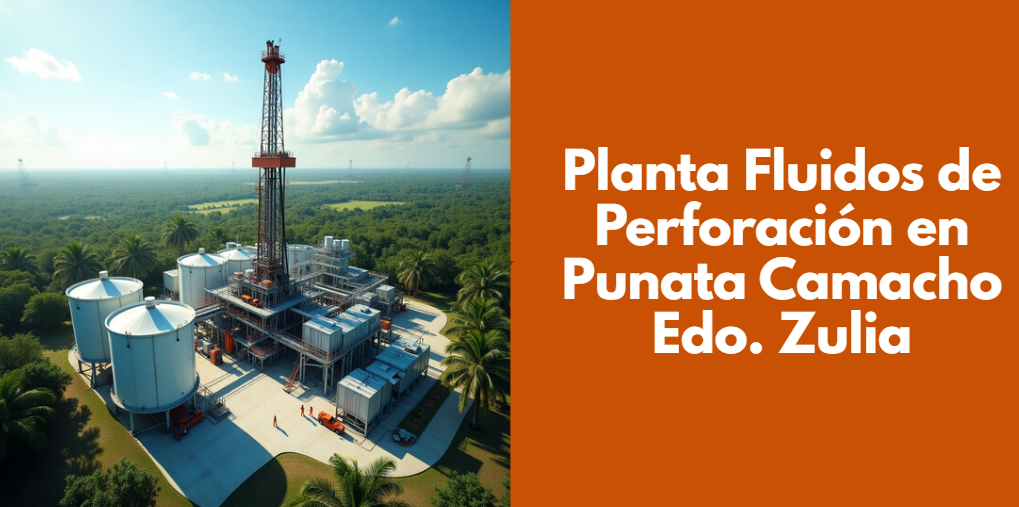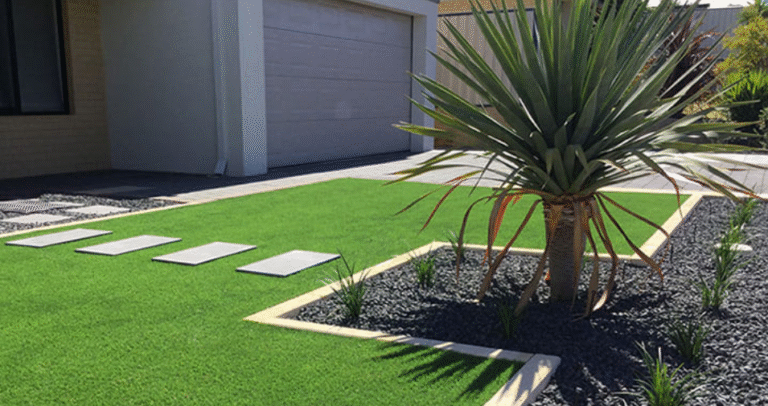Comprehensive Overview of Planta Fluidos de Perforación en Punata Camacho Edo. Zulia – Operations, Technology and Impact
The planta fluidos de perforación en punata camacho edo. zulia plays a pivotal role in Venezuela’s oil and gas industry. Located strategically in Zulia State, this plant serves as a cornerstone in the production and management of drilling fluids that are vital for successful and safe extraction of hydrocarbons. The region’s rich oil reserves make the plant’s operations critical for maintaining the efficiency and safety of drilling projects in nearby fields.
Understanding the importance of this facility is essential to appreciating how it supports Venezuela’s energy infrastructure. By producing specialized drilling fluids tailored to the geological conditions of each drilling site, the plant ensures optimal well performance and operational safety.
Understanding Drilling Fluids
Drilling fluids, often known as drilling muds, are complex mixtures used during the drilling of wells to extract oil or gas. Their roles go beyond simply lubricating the drill bit. These fluids serve multiple functions: they cool and lubricate drilling equipment, maintain the pressure balance in the well to prevent blowouts, and transport rock cuttings to the surface. Without these fluids, drilling operations would be far less efficient, riskier, and more costly.
In the planta fluidos de perforación en punata camacho edo. zulia, a thorough understanding of these fluids is applied to ensure they meet exacting standards for performance. These fluids help maintain the integrity of the wellbore, reduce environmental impact, and improve drilling speed.
Types of Drilling Fluids
The plant deals with several types of drilling fluids, each suited for different drilling conditions:
- Water-Based Fluids: These are the most common due to their lower cost and environmental friendliness. They consist primarily of water mixed with additives such as bentonite and polymers to improve viscosity and filtration control.
- Oil-Based Fluids: Used in challenging geological formations where water-based fluids may fail, oil-based fluids provide superior lubrication and thermal stability. They are, however, more expensive and require careful handling due to environmental concerns.
- Synthetic-Based Fluids: Combining the benefits of both water and oil-based fluids, synthetic fluids are designed to be environmentally safer while providing effective drilling performance.
Each type is formulated specifically at the plant to address the unique challenges presented by the geology of drilling sites in Zulia and surrounding areas.
Overview of the Punata Camacho Facility
Established several decades ago, the planta fluidos de perforación en punata camacho edo. zulia has grown into a modern facility equipped with advanced technology. The plant’s primary objectives include the production, treatment, and recycling of drilling fluids. It forms an integral part of Venezuela’s oil production chain, working closely with drilling companies to provide tailored fluid solutions.
The facility’s development has been driven by the need to optimize drilling performance while minimizing environmental footprints, aligning with global industry trends toward sustainability.
Facility Components and Infrastructure
The plant’s infrastructure consists of several interconnected areas, each dedicated to specific tasks:
- Production Areas: These include large mixers where raw materials like barite, bentonite, and polymers are combined to produce the drilling fluids. Storage tanks hold both raw materials and finished fluids, ensuring continuous supply to drilling operations.
- Control Centers: Equipped with digital monitoring systems, the control centers enable operators to supervise fluid formulations and adjust parameters in real time, ensuring consistent quality.
- Laboratory Facilities: Rigorous testing and quality control take place here, where samples of drilling fluids are analyzed for viscosity, density, pH, and other critical properties.
- Waste Management Units: These units are responsible for treating used fluids and waste, recycling as much material as possible to reduce environmental impact.
The synergy between these components enables the plant to deliver high-quality fluids while adhering to environmental and safety standards.
Technological Advancements
Technology at the planta fluidos de perforación en punata camacho edo. zulia has evolved significantly to improve efficiency and sustainability. Automated mixing systems allow precise control over fluid compositions, eliminating inconsistencies that could affect drilling performance.
Real-time monitoring technologies help detect any deviations in fluid properties, allowing immediate adjustments. This flexibility is essential in responding to changing downhole conditions during drilling.
Furthermore, the plant uses eco-friendly additives and biodegradable chemicals to minimize environmental harm. Advanced separation technologies are employed to remove contaminants and recycle fluids, supporting circular economy principles within the oil industry.
Operational Processes
The operational workflow begins with the procurement of high-quality raw materials such as barite for weighting, bentonite for viscosity, and various polymers for specific fluid characteristics. These materials are carefully sourced and tested before being introduced into the production line.
Custom fluid formulations are designed based on drilling site requirements, including geological data and well conditions. Mixing occurs in large tanks with mechanical agitators, ensuring a homogeneous blend.
Post-mixing, the fluids undergo a series of performance tests to verify properties such as density, filtration rate, and rheology. Only fluids that meet strict quality criteria are dispatched to drilling sites, accompanied by detailed documentation.
Logistics and packaging are handled efficiently to ensure timely delivery, which is critical for maintaining drilling schedules.
Environmental and Safety Practices
The plant prioritizes environmental stewardship and safety. Effluent treatment systems process wastewater from drilling fluids to remove harmful substances before discharge or reuse.
Solid wastes, including used drilling muds, are treated or recycled whenever possible. The plant employs measures to control emissions and reduce the ecological footprint of its operations.
Safety training is mandatory for all employees, covering hazardous material handling, emergency response, and operational protocols. The facility complies with international standards such as ISO 14001 (Environmental Management) and OHSAS 18001 (Occupational Health and Safety).
Economic and Social Impact
Beyond its technical functions, the planta fluidos de perforación en punata camacho edo. zulia contributes significantly to the local and national economy. It generates employment opportunities, both directly within the plant and indirectly through associated services such as transportation and maintenance.
The plant supports regional development by investing in infrastructure and participating in community initiatives. Its presence has fostered skills development in the local workforce, enhancing technical expertise in the area.
Moreover, by enabling efficient oil extraction, the facility plays a crucial role in strengthening Venezuela’s energy sector and economic stability.
Challenges and Future Outlook
Despite its successes, the plant faces challenges. Raw material availability can fluctuate due to market conditions or logistical issues, impacting production costs and timelines. Continuous investment is required to upgrade infrastructure and integrate cutting-edge technologies.
Environmental regulations are becoming increasingly stringent worldwide, demanding more sustainable practices and innovation. The plant aims to meet these demands while maintaining cost-efficiency.
Looking ahead, there is potential for expanding capacity and modernizing equipment to handle more complex fluid formulations and greater volumes. These improvements will help the plant remain competitive and support the evolving needs of Venezuela’s oil industry.
Comparative Analysis
When compared to similar drilling fluid plants in other oil-producing countries, the planta fluidos de perforación en punata camacho edo. zulia holds its own in terms of technological capability and environmental initiatives. While some international counterparts may have larger scales or more automated systems, the plant’s focus on localized fluid formulations and sustainability is a key strength.
Lessons from global best practices continue to inform operational improvements, ensuring the plant adapts effectively to industry trends.
Case Studies and Testimonials
Several drilling projects in Zulia have benefited from the specialized fluids produced by the plant, leading to improved drilling rates and fewer operational issues. Testimonials from engineers highlight the plant’s responsiveness and ability to tailor fluids to specific challenges.
One notable case involved a deep well with high-pressure zones, where the plant developed a unique fluid blend that maintained stability and minimized drilling risks, showcasing its innovative capabilities.
Conclusion
The planta fluidos de perforación en punata camacho edo. zulia stands as a vital asset in Venezuela’s oil and gas sector. Through its combination of advanced technology, environmental responsibility, and community engagement, the plant ensures the continuous supply of high-quality drilling fluids necessary for safe and efficient extraction.
As the energy landscape evolves, the plant’s commitment to innovation and sustainability positions it well to meet future demands, supporting Venezuela’s energy security and economic growth.
Recommended Articles
Channelsyncharma Explained: The Future of Unified Digital Communication Systems
Understanding and Resolving the “Cloudlin Down ETH1” Network Interface Issue
Orannalaura: A Comprehensive Guide to Its Meaning, Influence and Multifaceted Role in Modern Culture
Coelocaliente: Embracing Warmth, Comfort, and Emotional Well-being in Everyday Life






